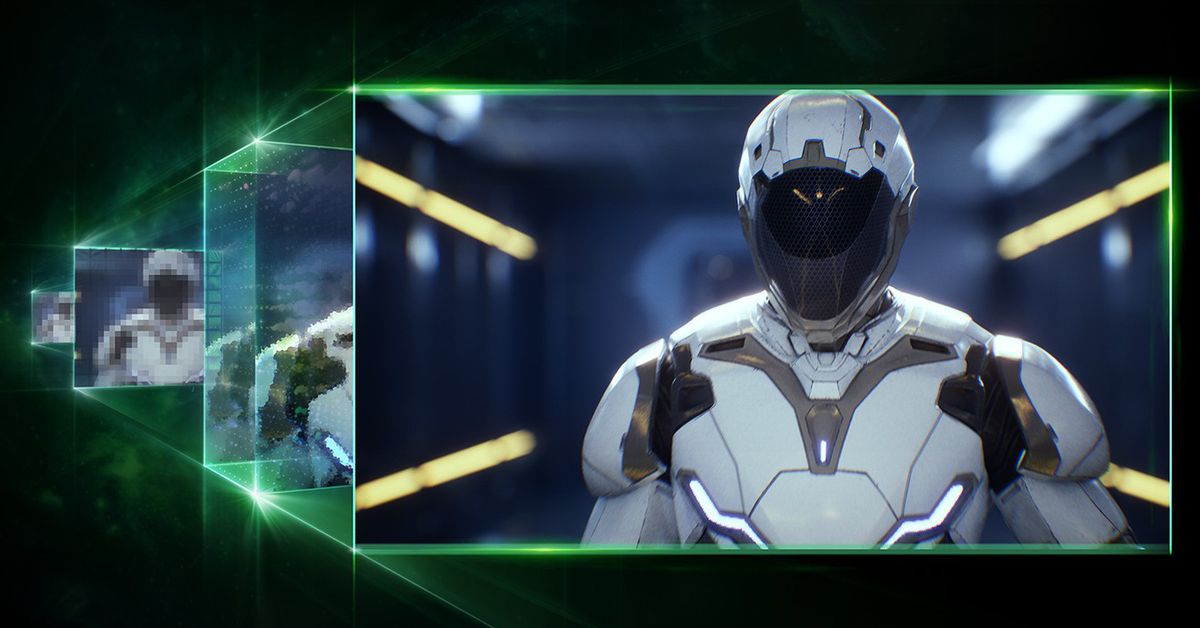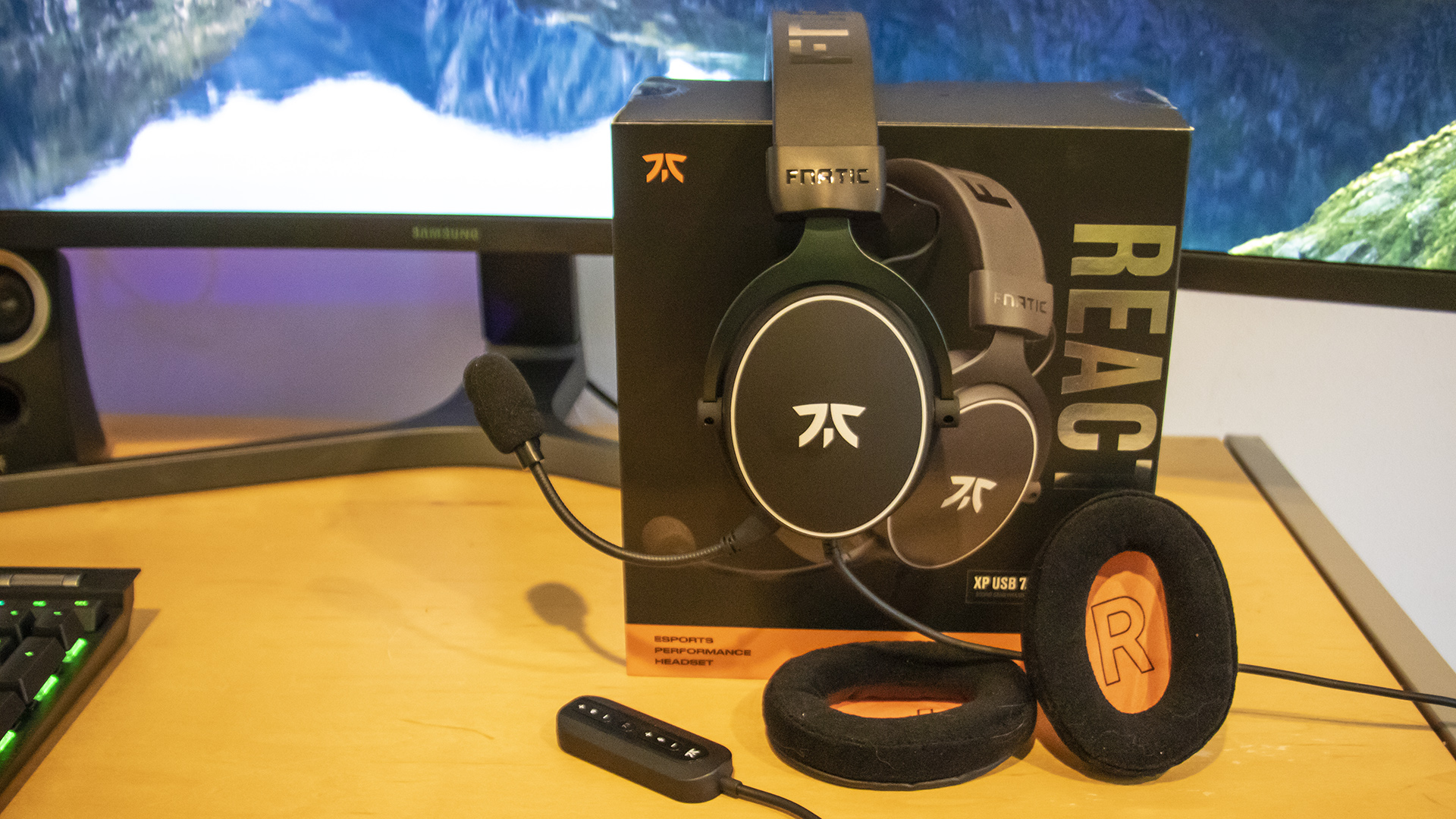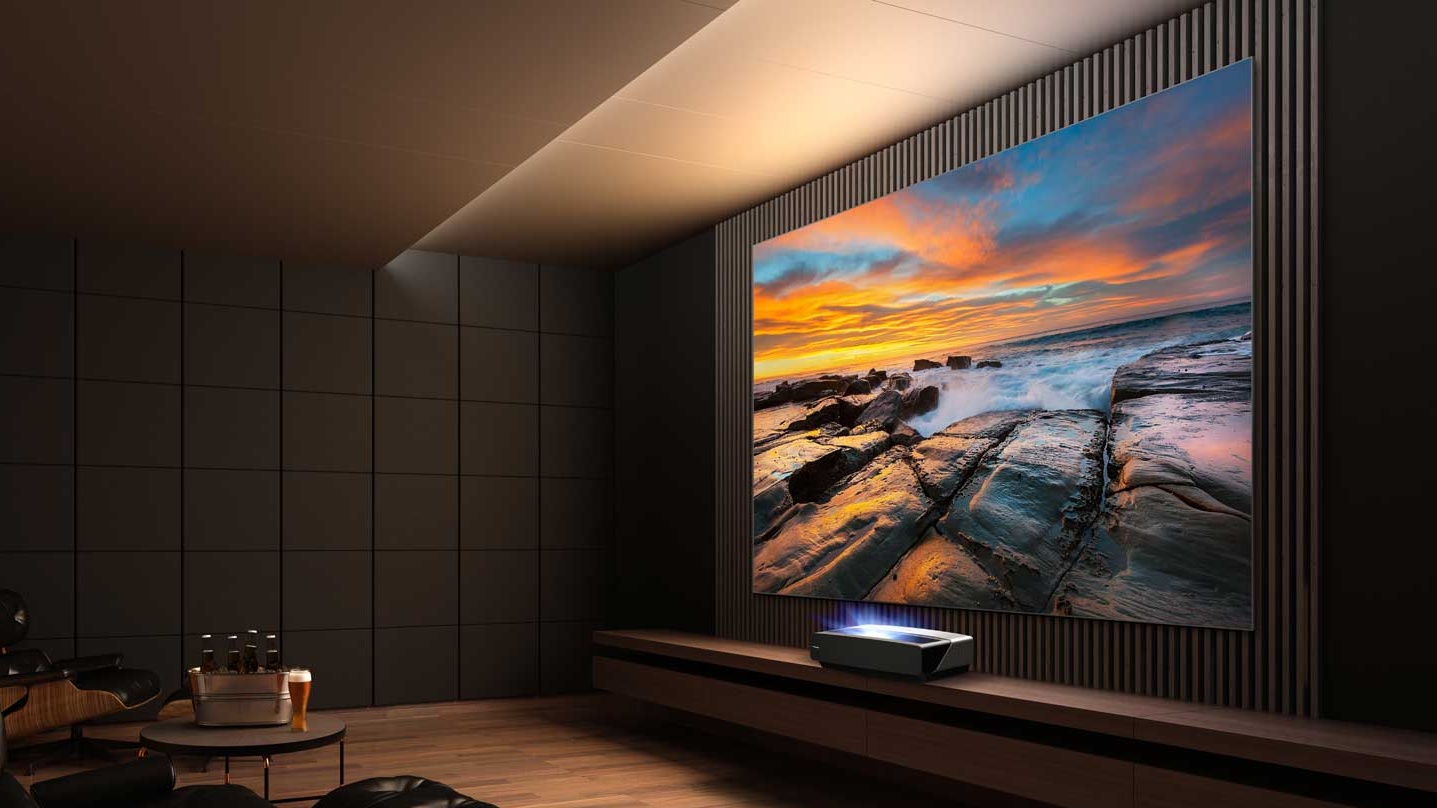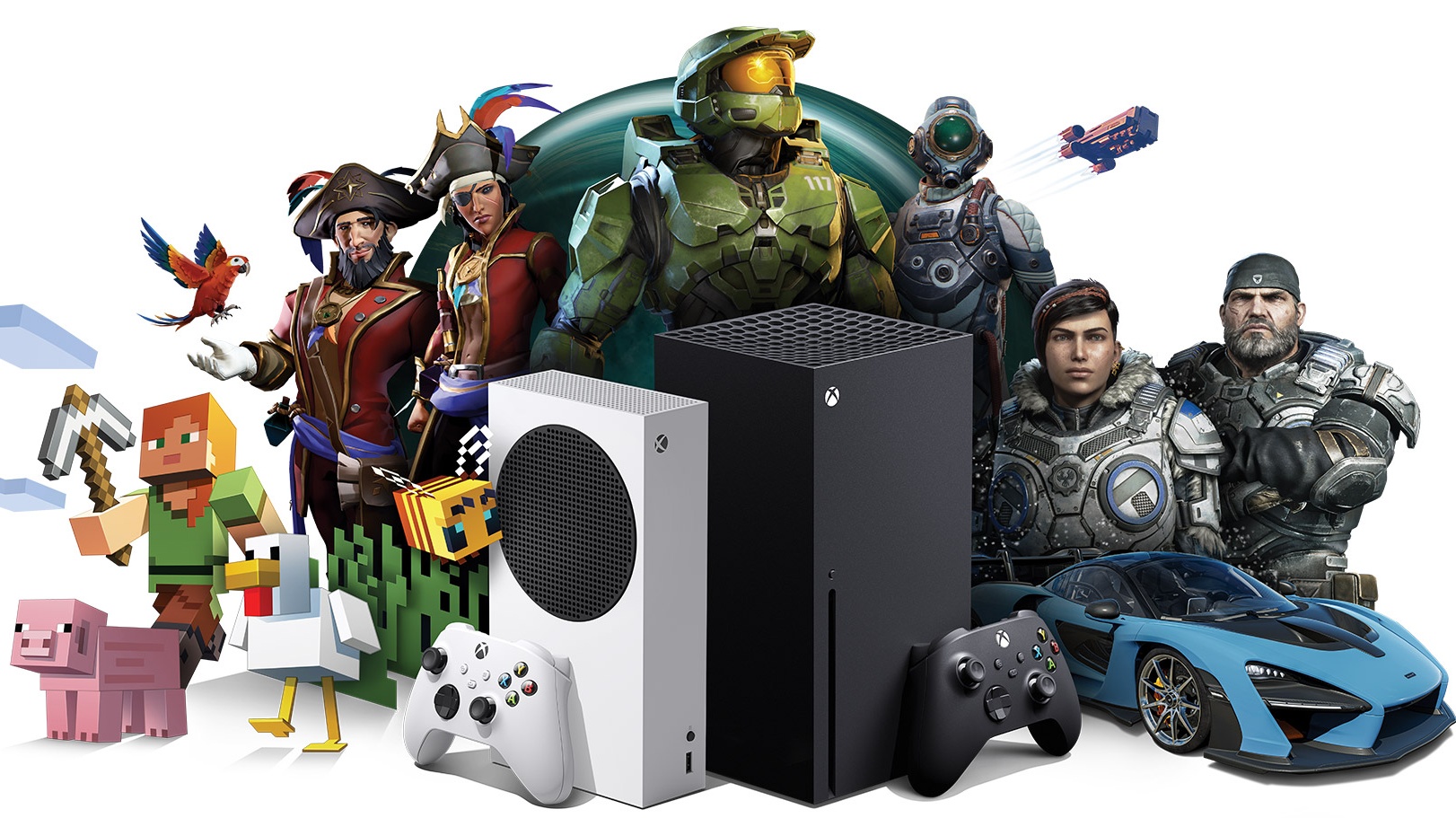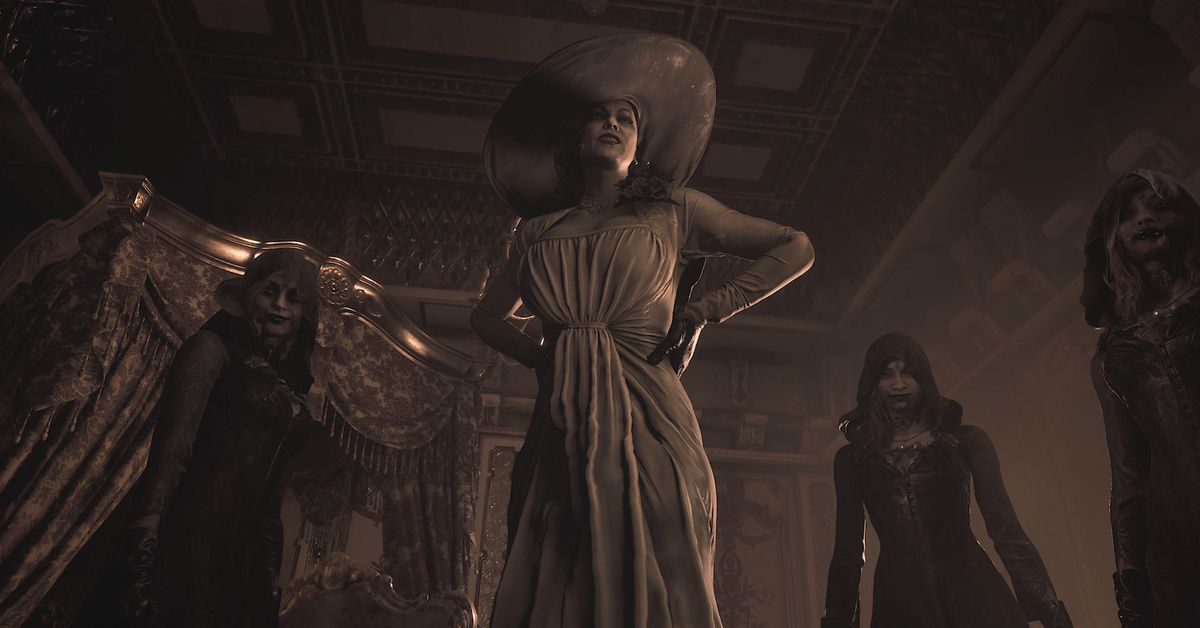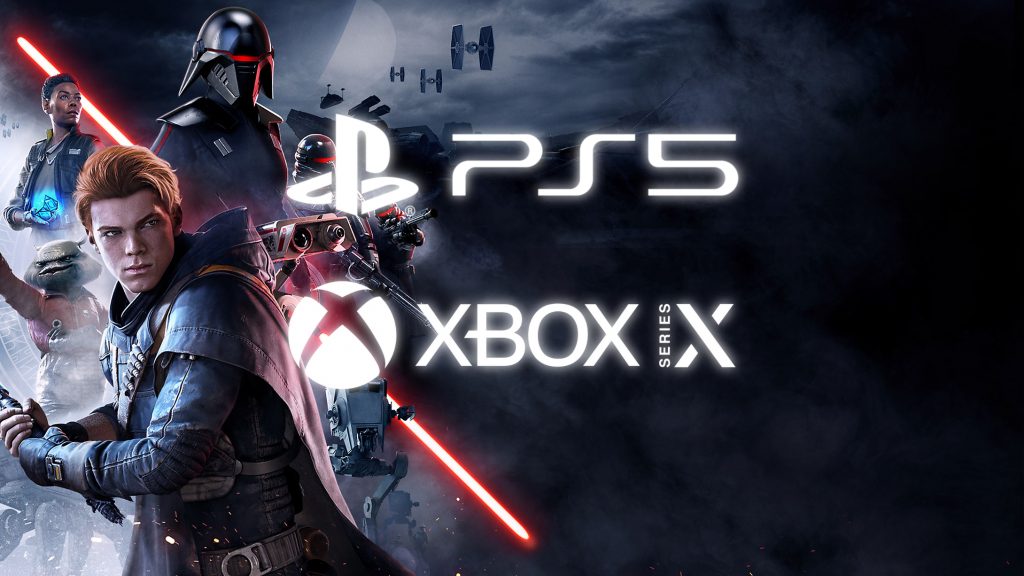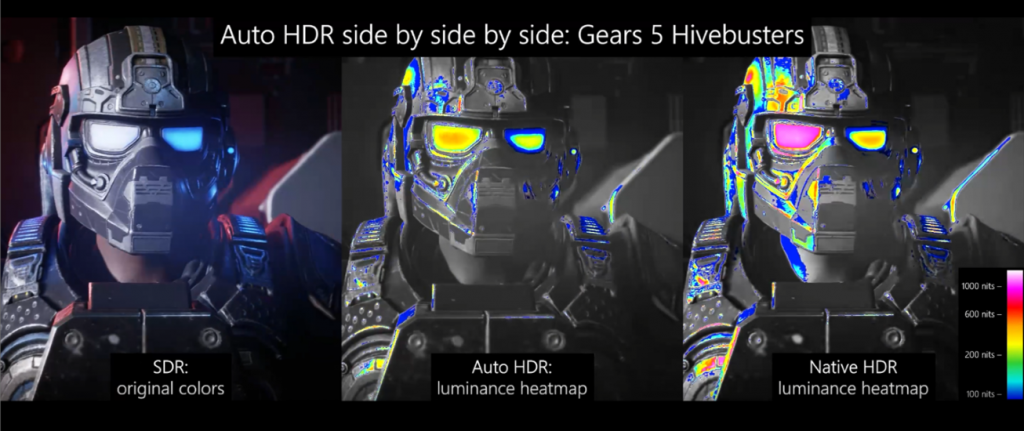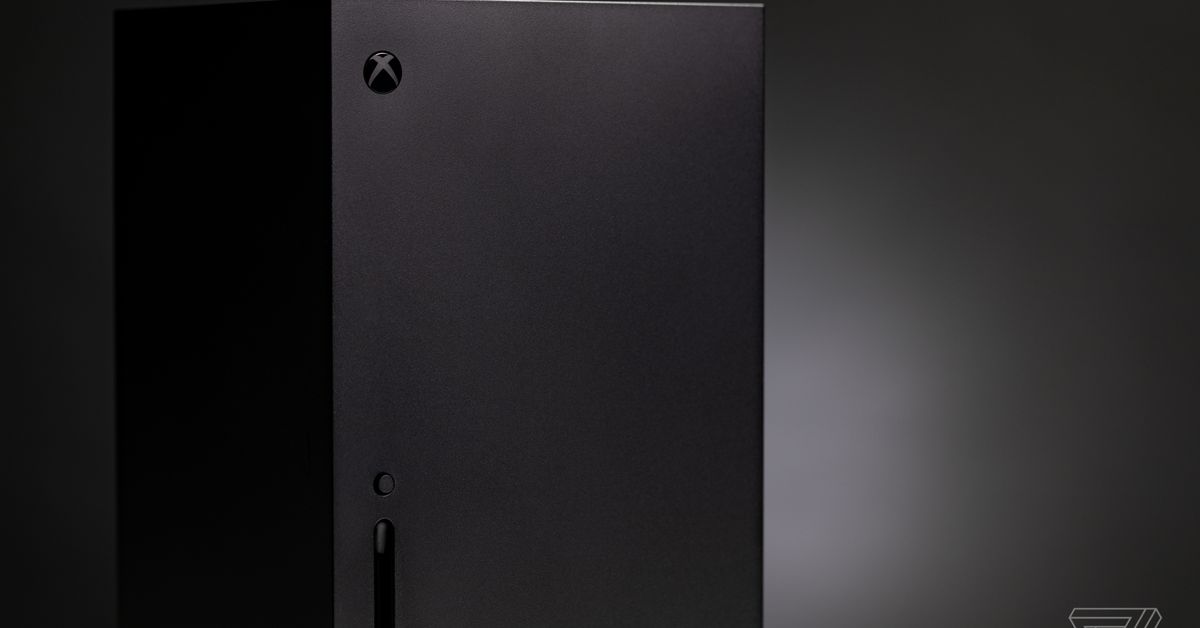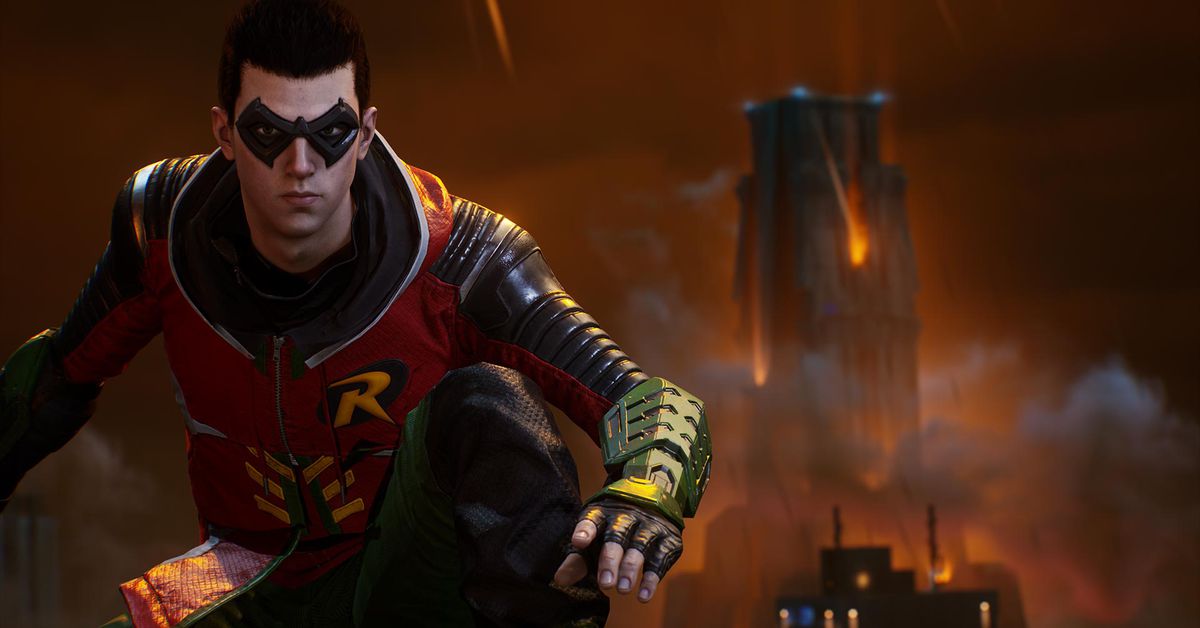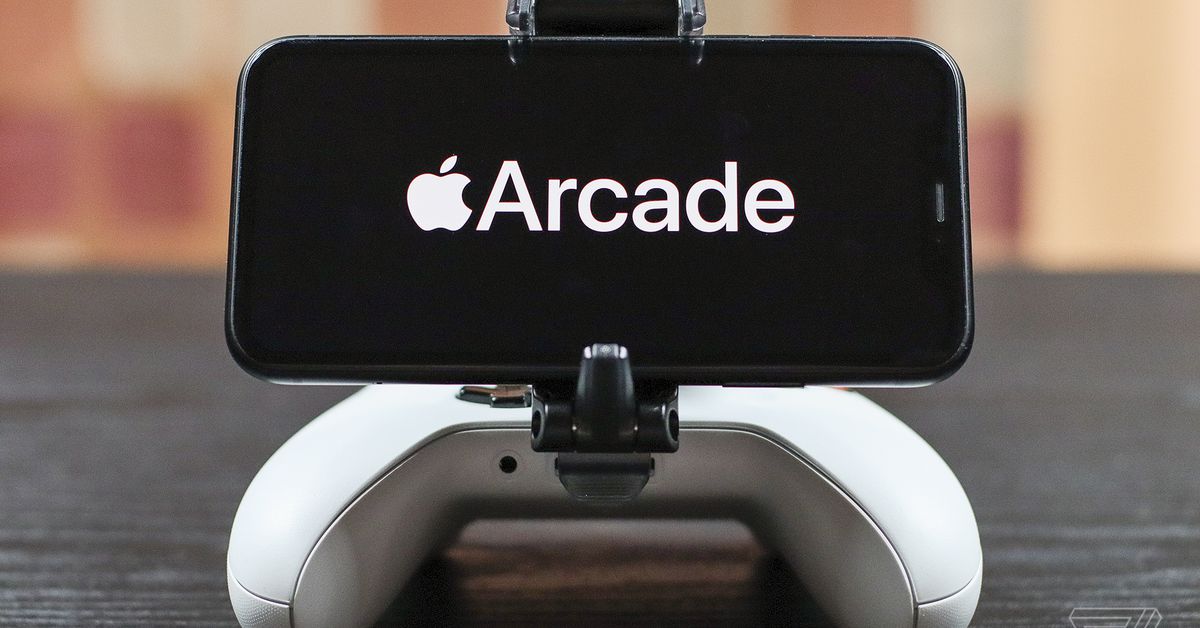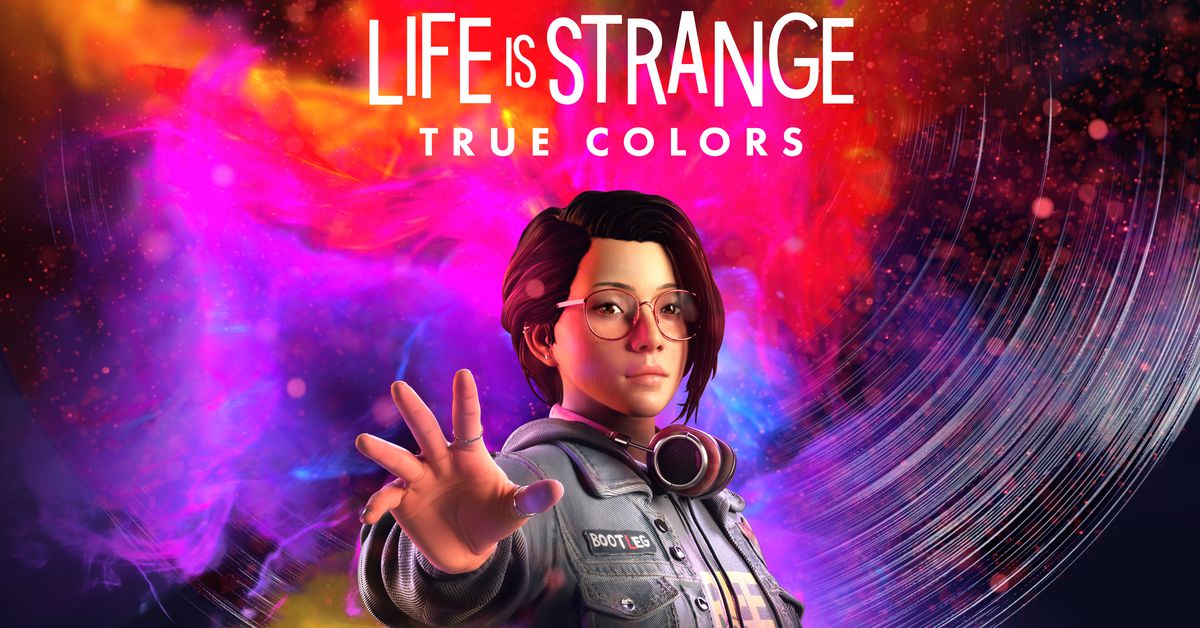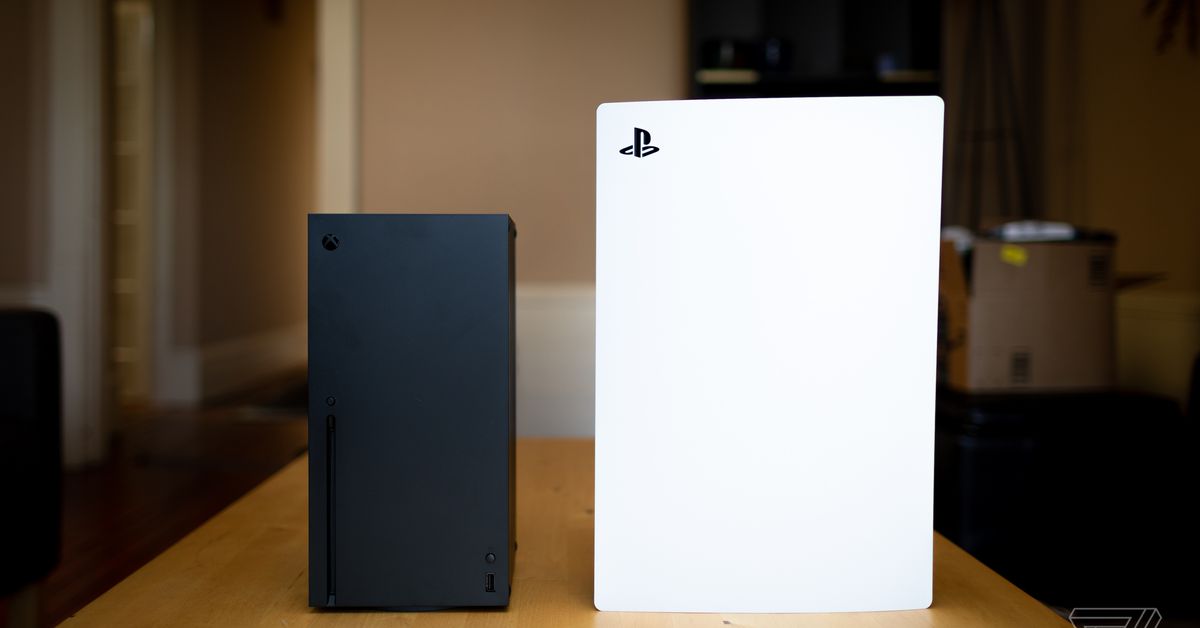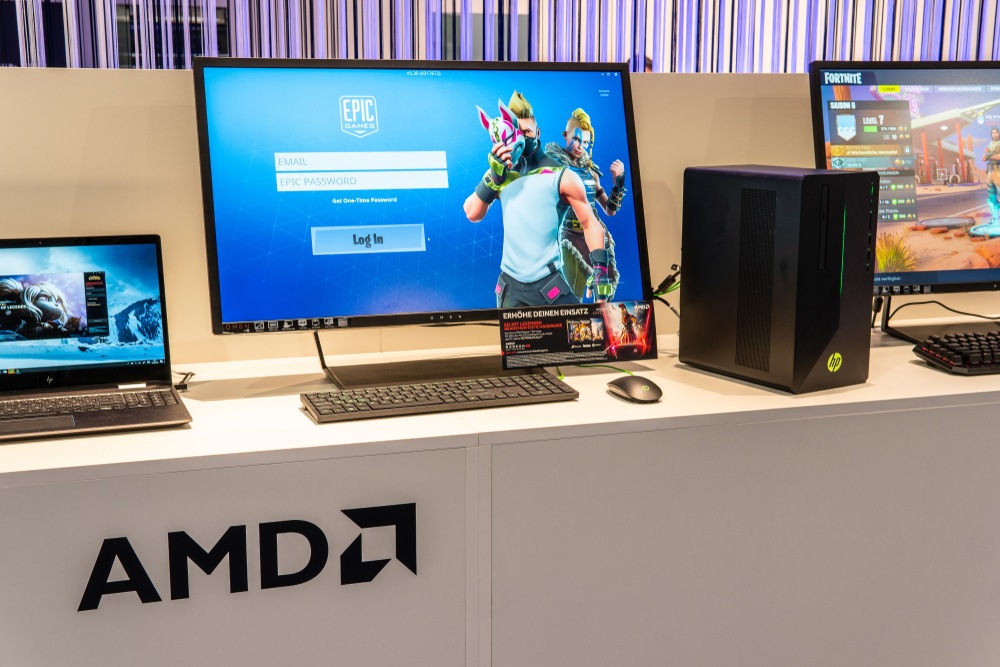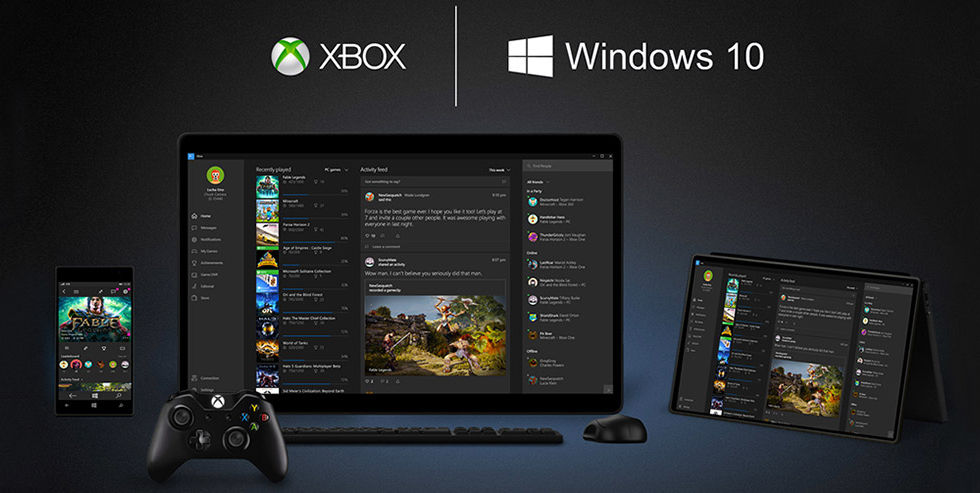You’ve probably seen the acronym “DLSS” appearing in more gaming and tech stories recently. You might know that it’s an Nvidia graphics thing, and that it might be coming to the new Nintendo Switch console that’s rumored to release later in 2021, according to a report from Bloomberg. But, really, what is it, and why does it matter?
DLSS stands for deep learning super sampling, and it’s a way for Nvidia’s RTX graphics cards to work smarter, not necessarily harder, by running games at a lower resolution, then using dedicated AI cores to improve visual quality with less of the usual performance cost. The deep learning component works on the fly to make your game look as if you haven’t lowered its resolution at all. This feature only works with supported PC games, of which there are over 20 at the time of publishing, including Cyberpunk 2077, Fortnite, Monster Hunter World, Control, and others.
On PC, the technique has proven itself to yield a sizable performance boost. Especially with the advent of ray tracing tech, DLSS has been a boon for letting gamers experience all of the latest visual effects on high-resolution displays without having to shell out an exorbitant amount for a GPU. It’s available for GPUs that (nominally) cost just a few hundred dollars, like the RTX 3060, as well as the previous-gen RTX 20-series cards (not that you can find any of them available right now). For a device like the Nintendo Switch that can’t cram in that much horsepower to begin with, you can imagine why it might be an amazing fit.
Nintendo’s current Switch uses a shrunken-down version of Nvidia’s Tegra X1 system-on-a-chip from 2015. Most games run at sub-1080p resolution when docked and usually less than the 720p resolution of the Switch’s display when in portable mode. Developers for the Switch are already used to making some sizable compromises to get their games working well on the portable console.
Panic Button’s porting work on Doom and Doom Eternal, for instance, heavily rely on visual tricks like dynamic resolution, motion blur, and lower-fidelity textures to mask the Switch’s inherent weaknesses compared to other consoles — and to get them running at a playable 30 frames per second even on the Switch’s 720p screen, much less 4K. Other games struggle to come close to rendering at that resolution — Wolfenstein: Youngblood usually runs at a 540p resolution in portable mode, according to Digital Foundry — and even Nintendo’s own The Legend of Zelda: Breath of the Wild has notable slowdown, though the company has a few other shining examples that manage 60 frame-per-second gameplay.
With all of this context in mind, the recent rumors that the next Switch will tap DLSS to help it avoid those compromises has me excited. We don’t know whether Nvidia truly plans to stick an RTX-style graphics chip with Tensor Core AI processors into a Switch just to achieve DLSS, but doing so would make the next generation of Switch games (and perhaps preexisting games) look and run much better, whether in portable mode or displaying a higher resolution while docked.
Of course, games on the Nintendo Switch would likely need to be individually patched to support DLSS, like the fairly small amount of games on PC have been. If games that have DLSS support on PC get a Switch port, will that DLSS work carry over, I wonder? Or, unlikely as it seems, can Nintendo and Nvidia work together to make every game compatible with DLSS in some way to ensure boosted performance across the board?
Photo by Amelia Holowaty Krales / The Verge
DLSS 2.0 is the current version that’s available on PC, and it brought better performance and efficiency of RTX AI cores versus the first iteration. TweakTown cites a YouTube video from channel Moore’s Law is Dead claiming that a newer DLSS 3.0 version could be in development for GPUs built with the latest Ampere architecture. It’s said to automatically deliver AI enhancements to any game with temporal anti-aliasing (a technique that removes the flickering aliased edges of textures — especially when the camera is in motion), not just the games that have been patched for support. If true, it could make Nintendo’s job a lot easier bringing DLSS features to more games.
To get a sense of how the next Switch could benefit from DLSS without requiring immensely powerful hardware, check out this informative video below that the folks at Digital Foundry put together. It focuses on the game Control running with DLSS enabled at different resolutions. The bit that really stood out to me was when it showed just how good DLSS can make a 540p rendering of the game look when reconstructed into a 1080p image with ray tracing effects and everything set to ultra settings. I’ve time-stamped the video to that exact location.
If that’s what a PC can do with 540p, a Switch with DLSS might not need a huge overhaul to make its own collection of sub-720p games look a lot better than they do today, particularly on the Switch’s relatively small screen where DLSS’s minor wrinkles might be even easier to forgive than they are on a PC monitor. If it gets additional graphical muscle, it’s not a stretch to imagine today’s games competently running at a simulated 4K when docked to a TV as well. This kind of thing would be perfect to showcase at the launch of the sequel to Breath of the Wild, Splatoon 3, or Metroid Prime 4.
Since the original Nintendo Switch launched, 4K TVs have become more widely adopted. So, it’ll make sense if Nintendo wants to use hardware that’ll look better on modern televisions. And whatever the company chooses to put in its next Switch, it’ll ultimately still be a mobile processor with limitations compared to what the likes of the Xbox Series X and PS5 can do. Though, hopefully, it will be enough to ensure that future Switch games look far better than they currently do for years to come.
